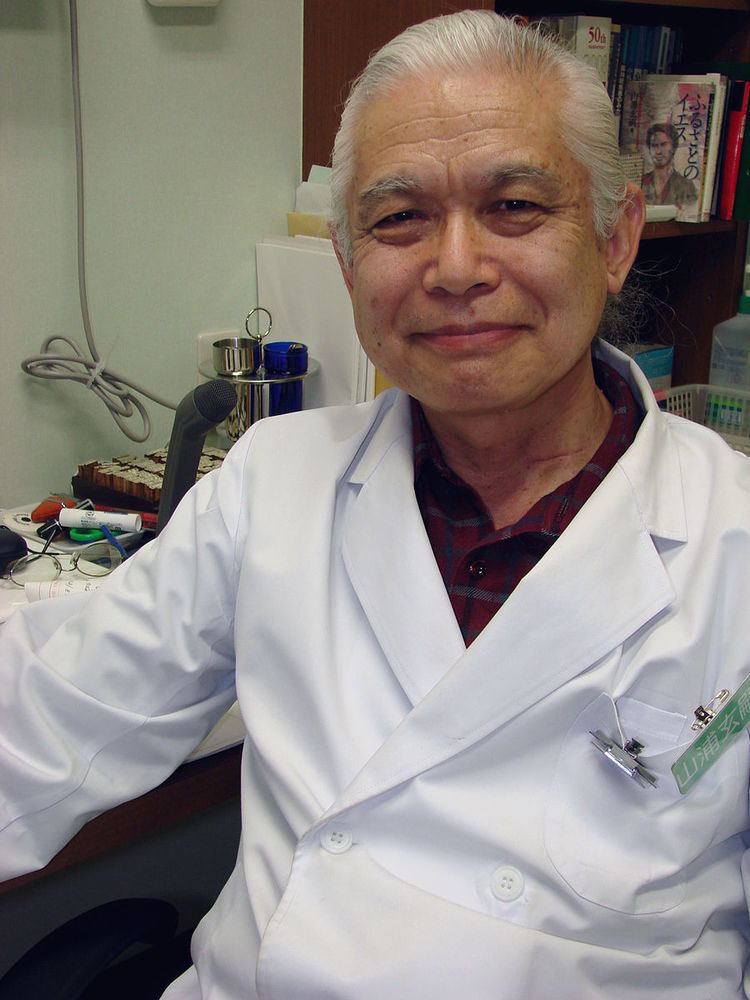Glottolog kese1237 | ||
 | ||
Language family JaponicJapaneseEastern JapaneseTōhokuSouthernSouthern Iwate dialectKesen | ||
Kesen dialect (気仙方言, Kesen hōgen) or Kesen (ケセン語, Kesengo, Kesengo) is a Japanese dialect spoken in Kesen County, Iwate Prefecture, Japan.
Contents
Kesen has been described by Harutsugu Yamaura (山浦玄嗣, Yamaura Harutsugu). Yamaura considers Kesen an independent language, related to both Japanese and Ainu languages, but this is not accepted by other linguists.
Kesen
Kesen is spoken in the Kesen district of Iwate Prefecture, in the Tōhoku region of eastern Japan. Kesen dialect has been described as a variety of the Tōhoku dialect. The status of Kesen as an independent language, rather than a dialect of Japanese, is disputed. Harutsugu Yamaura, who developed a writing system for Kesen in 1986 (see below), has argued that the form is a language.
Harutsugu Yamaura
Iwate language activist and medical doctor Harutsugu Yamaura described the dialect in various books, including a dictionary, a grammar, and a translation of the New Testament. Yamaura also created an orthography for Kesen using two writing systems, the first based on the Latin script, and the second on the Japanese writing system. Yamaura has forwarded the theory Kesen should not be considered a Japanese dialect, but an independent language in its own right with an Ainu substrate, a theory that is controversial.
According to Yamaura, Kesen was strongly influenced by the Emishi language. The word Kesen, for instance, comes from the Ainu term kese moy (cove at the south tip) and kese ma (scraped place). Yamaura considered the conventional Japanese kanji for Kesen (気仙) an ateji imposed by Yamato Kingdom. Therefore, used katakana, a writing system for foreign words, to spell the name (ケセン).
Yamaura's effort to describe Kesen and restore people's pride in their local speech is an example of efforts springing up all over Japan, where the education system has resulted in the stigmatization of local dialects, which children were forbidden to use. However, such efforts are routinely depicted in the Japanese media as "romantic, bizarre or quaint". Yamaura's work has been recommended by Japanese linguists as a model to be followed for other dialects.
